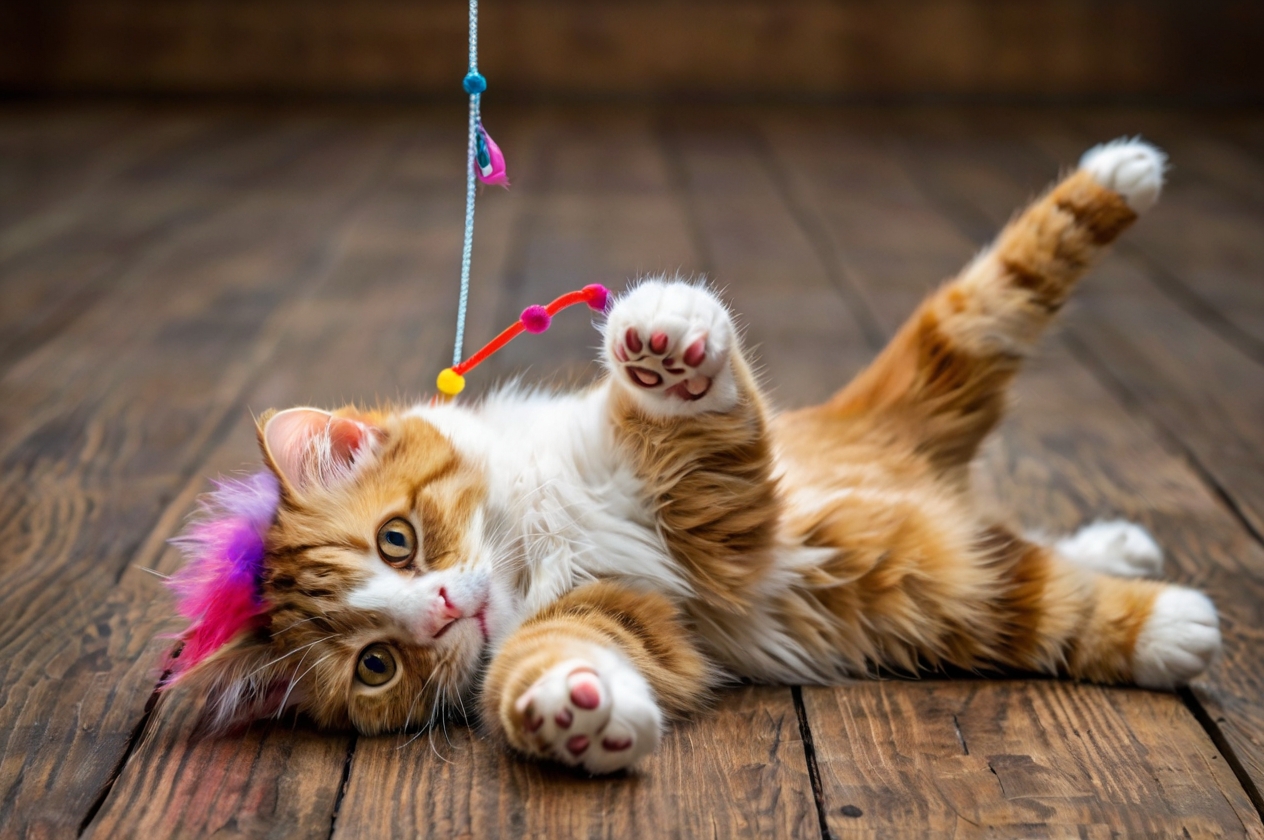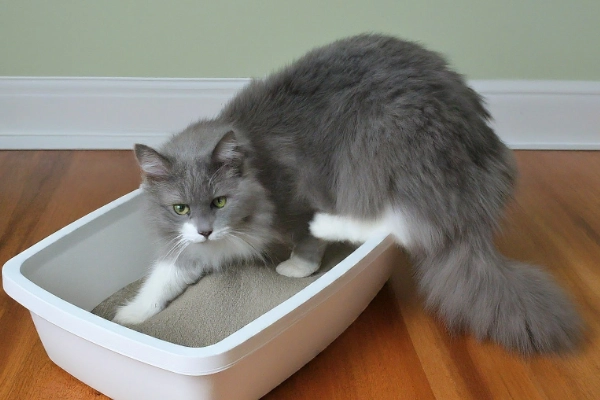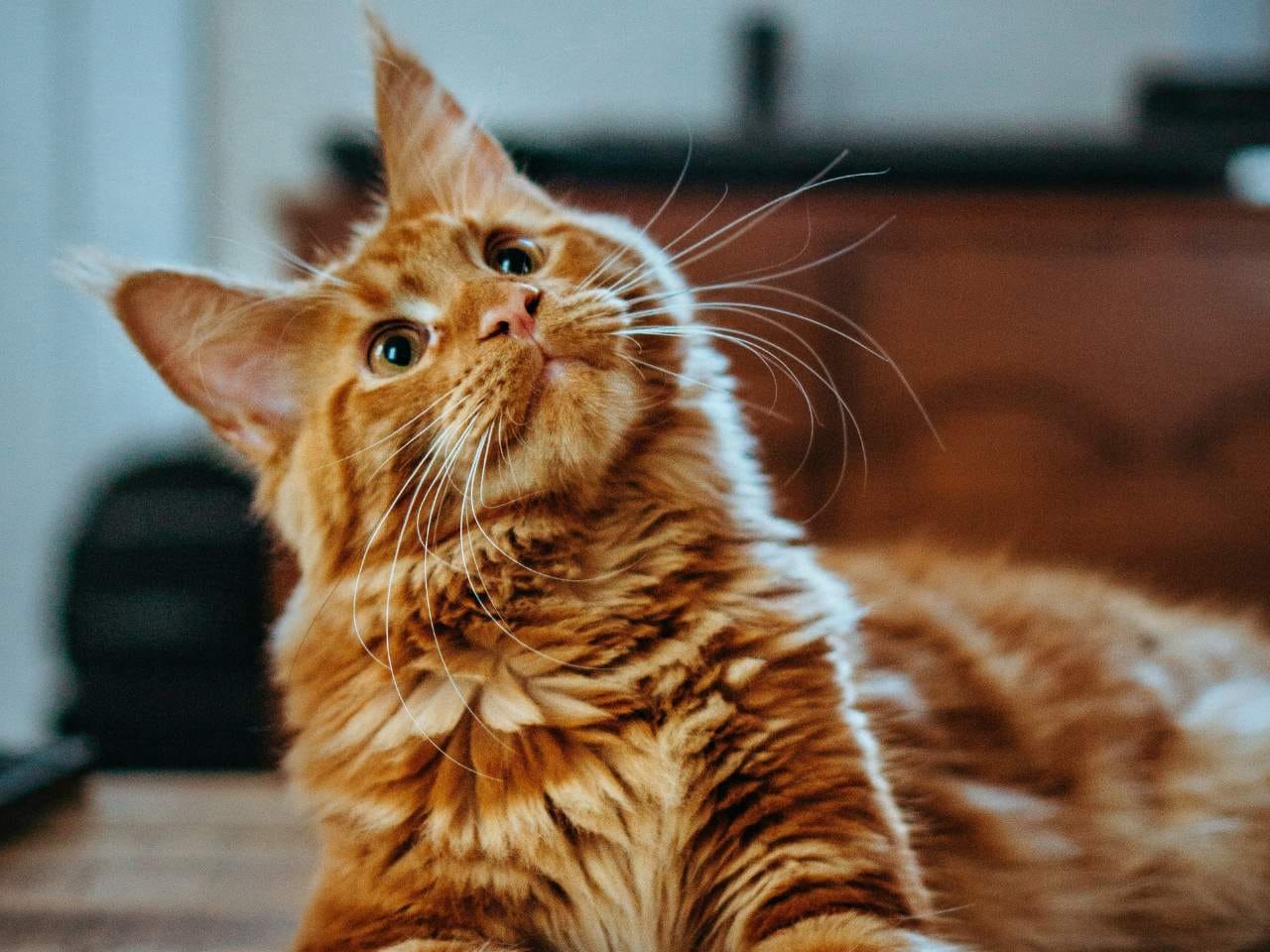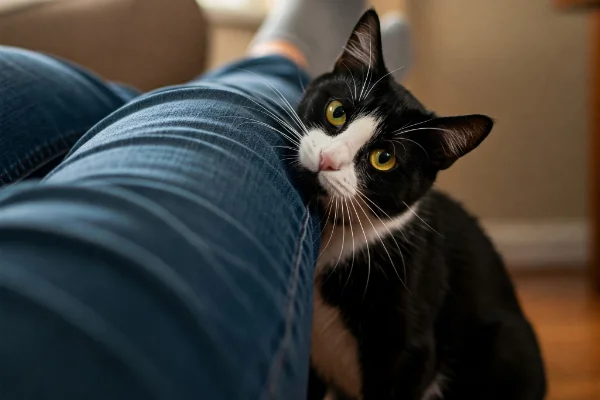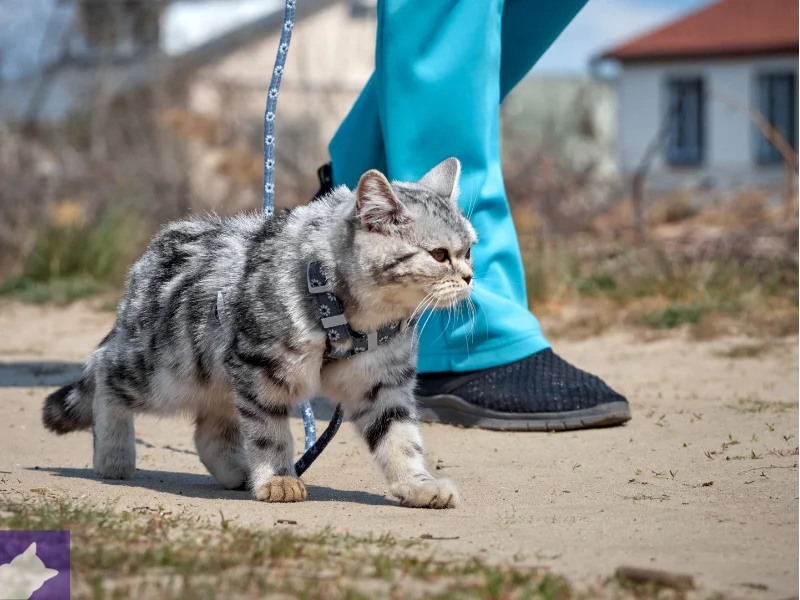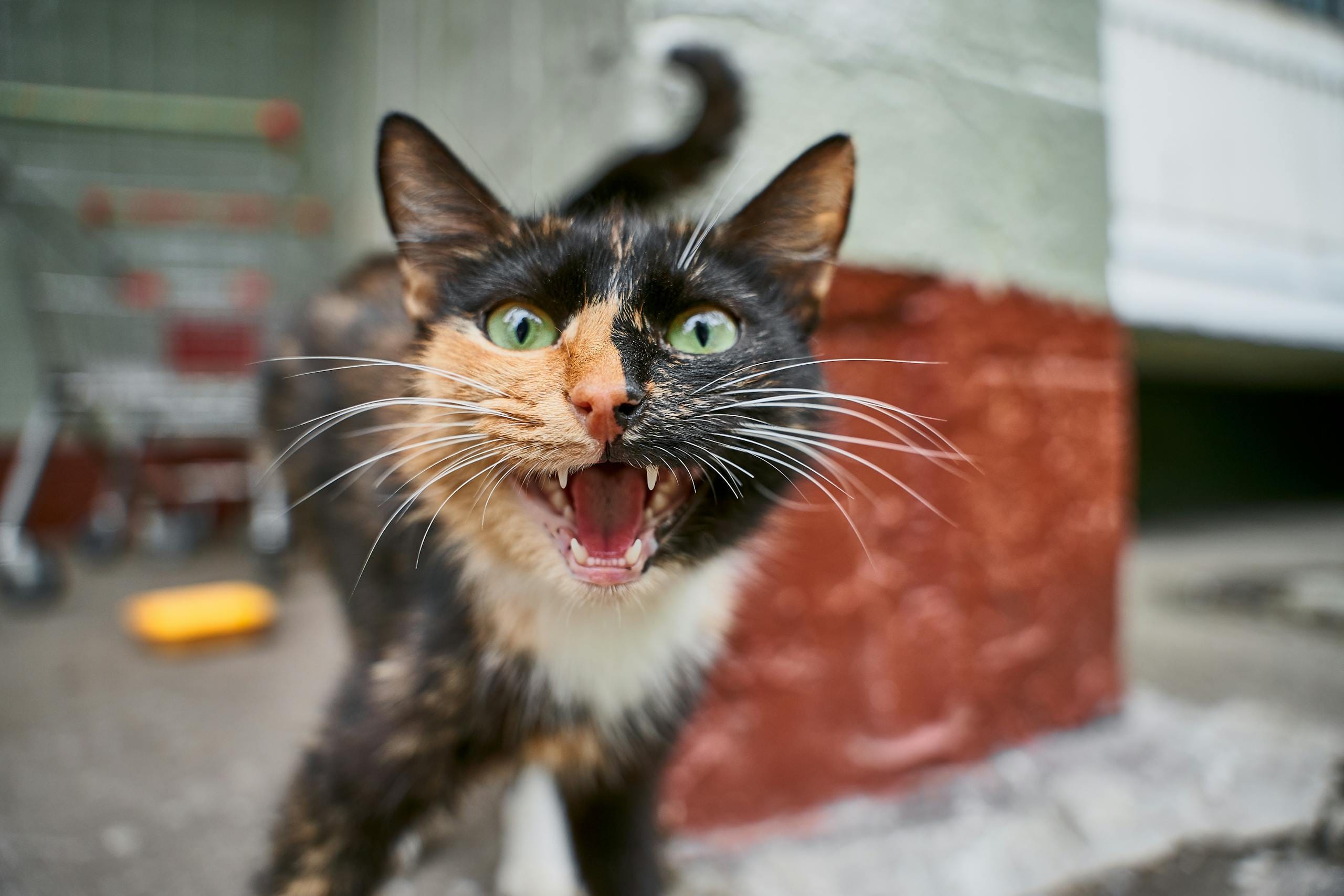There’s nothing quite like the joy of knowing your cat is happy and content. As a loving cat owner, you may find yourself wondering about the signs that indicate your furry companion is thriving. From their playful antics to their soothing purrs, understanding your cat’s behavior can help you ensure that they are indeed living their best life.
Key Takeaways:
- Body Language: Observe your cat’s posture; a relaxed body and a raised tail often indicate happiness.
- Purring: A content cat frequently purrs, especially during petting or cuddling sessions.
- Playful Behavior: Engaged and playful behavior, such as chasing toys, indicates a happy and healthy cat.
- Vocalizations: Happy cats may meow or chirp in a friendly tone, signaling their well-being.
- Affectionate Interactions: Cats that seek out petting and cuddles typically feel secure and happy in their environment.
Understanding Cat Behavior
For every cat owner, understanding your feline’s behavior is key to ensuring their happiness. By observing your cat’s actions and reactions, you can get a clearer picture of their emotional state. Your cat’s behavior can reveal much about their feelings, forming a vital connection between you and your pet.
Body Language
Beside observing sounds, pay attention to your cat’s body language, which offers significant insights into their emotional state. Tail position, ear movement, and overall posture are important signals to indicate your cat’s feelings. A happy cat may have an upright tail, while flattened ears could mean they’re feeling threatened or upset.
Vocalizations
The sounds your cat makes are important to understand. From a gentle purr to an enthusiastic meow, each vocalization can signify different levels of affection and contentment. For example, if your cat constantly purrs when you pet them, it’s a sign that they feel secure and happy (consider spending more quality time together!).
It’s fascinating how much your cat communicates through vocalizations. High-pitched sounds may indicate excitement while softer sounds can suggest comfort. Understanding these tones allows you to respond accordingly, enhancing your bond with your pet (make a note to observe how tone affects your interactions!).
The Physical Indicators of Happiness
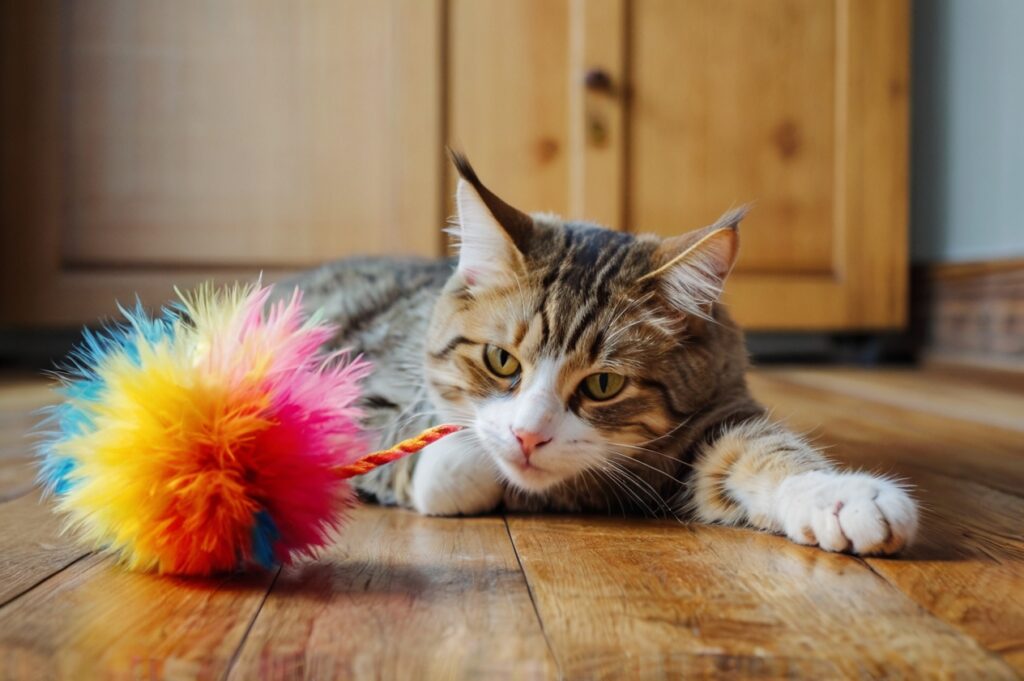
If you want to gauge your cat’s happiness, pay close attention to their physical behaviors. A content cat often displays relaxed body language, enjoys gentle purring, and may knead with their paws. Ears facing forward, slow blinking, and a high-held tail can also signify a joyful feline. Your observation can lead to a deeper understanding of your cat’s overall well-being!
Playfulness
Between energy bursts, you’ll see how important play is in your cat’s life. An enthusiastic play session showcases their happiness and eagerness to engage with you. Look for signs of excitement, like pouncing, chasing toys, and interactive play. A regular play routine can significantly enhance your cat’s mood (consider investing in various toys to keep them engaged!).
Grooming Habits
Between grooming sessions, observe how your cat takes care of themselves, as this can indicate their emotional state. A happy cat will engage in regular grooming behaviors, such as licking their fur and maintaining cleanliness. A proper grooming routine reflects a confident and content feline, while a clean living environment plays a vital role in their happiness.
But if you notice a shift in your cat’s grooming habits, it could signal underlying issues. Regular grooming not only indicates your cat’s contentment but also keeps their fur clean and free of tangles. On the flip side, excessive grooming or neglecting their coat might point to stress or health problems. Ensure your cat is hydrated and provide a cozy, inviting space to promote relaxation.
The Role of Environment in Cat Happiness
Your cat’s happiness is significantly influenced by their environment. A stimulating and safe space can elevate their mood, promoting curiosity and playful behaviors. Elements like cozy resting spots, interactive toys, and vertical climbing areas will keep them engaged while also allowing them to avoid stressors. Particularly, if you have a multi-pet household, providing an environment where each cat can find their own niche is vital for reducing tension and enhancing overall well-being.
Safe Spaces
Your cat needs safe and comfortable spaces to retreat to when they feel overwhelmed or simply wish to unwind. Creating these sanctuaries in your home, whether it’s a quiet corner with a soft bed or a small enclosed shelter, significantly contributes to their sense of security and happiness. A designated safe space allows your feline friend to escape the hustle and bustle of daily life, promoting relaxation and contentment.
Social Interaction
Behind every happy cat lies a healthy dose of social interaction. Engaging regularly with your cat through playtime, gentle petting, or simply enjoying their presence creates a bond that ensures they feel loved and secure. It’s also important to consider how your cat interacts with other pets in your home. (Choosing the right companion for your cat can greatly influence their emotional well-being.)
Interaction is key to keeping your cat feeling secure and content. Regular socialization helps them develop trust and affection not only with you but also with other pets. Activities like interactive play sessions, cuddling, or even just talking to them can strengthen your bond. Having a variety of engaging toys and opportunities for interaction ensures that your cat remains mentally stimulated and happy. (The decision to spend quality time with your cat can lead to a more fulfilling relationship.)
Social opportunities are vital in your cat’s life, offering them an enriching environment where they can thrive. Potential dangers, such as introducing a new pet too quickly, can lead to stress or anxiety; hence, ensuring that introductions are gradual can lead to positive relationships. Providing your cat with both human companionship and appropriate playmates fosters emotional stability and overall well-being.
Nutritional Impact on Mood
Now, understanding your cat’s nutritional needs is vital for their overall happiness. A balanced diet that includes the right mix of proteins, carbohydrates, and fats can significantly influence your cat’s mood and energy levels. By selecting high-quality cat food rich in vital nutrients, you help ensure your furry friend remains content and vibrant throughout the day.
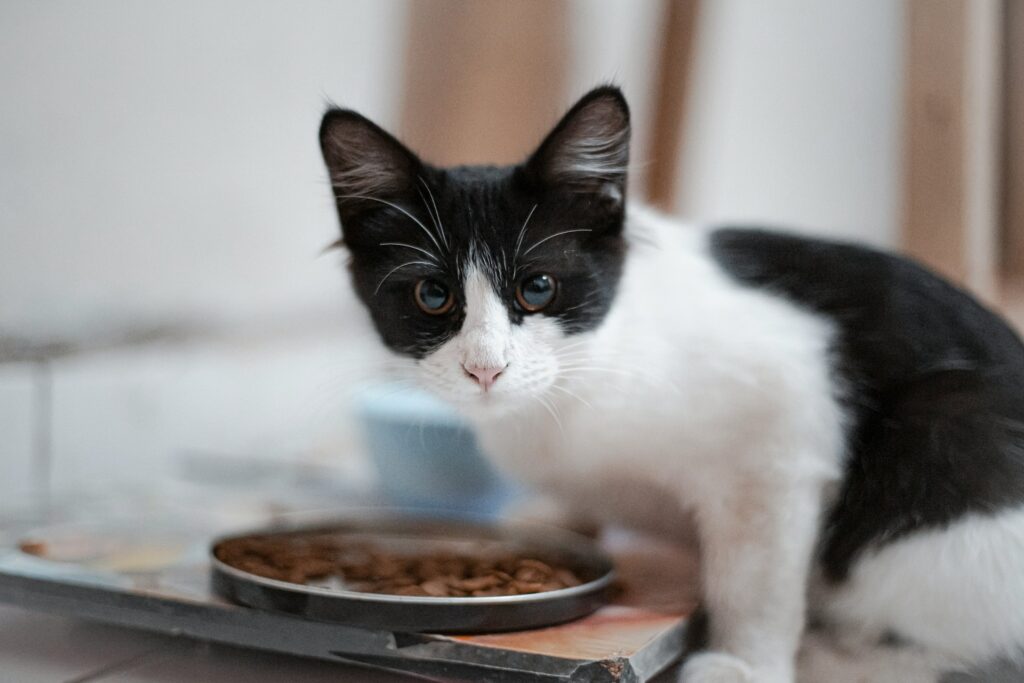
Diet and Well-Being
For your cat’s well-being, a proper diet plays a key role in promoting positive energy and behavior. Feeding them a mix of wet and dry food along with some high-quality ingredients can vastly improve their mood. A balanced diet not only supports their physical health but also contributes to a happier disposition.
Treats and Rewards
An occasional treat can truly elevate your cat’s happiness and reinforce your bond during training or special moments. It’s a great way to show your love and appreciation, making your cat feel cherished and secure.
Further, when choosing treats, consider healthy options that complement their diet. While it’s great to indulge your cat, avoid dangers associated with human food that can be harmful. Use treats wisely, as they not only enhance training but also keep your feline smiling. When you offer a treat, your cat feels appreciated, which can boost their overall happiness. So, sprinkle those rewards in your daily interactions and watch your cat thrive!
Common Signs of Unhappiness
After observing your cat closely, you’ll begin to notice certain warning signs of unhappiness. These signs can range from changes in behavior to health issues, which could indicate that your feline friend is feeling stressed or unsettled. By recognizing these signs early, you can take steps to improve your cat’s overall well-being and happiness.
Changes in Behavior
On noticing some changes in behavior, such as hiding more often, changes in appetite, or excessive vocalization, it’s imperative to assess your cat’s environment. These behavioral changes can indicate that your cat is experiencing stress or discomfort. By being attentive and responsive to these shifts, you can create a more nurturing atmosphere for your furry companion.
Health and Wellness Monitoring
Common health issues can impact your cat’s mood significantly, so monitoring their health status is vital. Regular vet check-ups can help ensure that your cat is free from any discomfort or illness, which can directly affect happiness. Pay attention to any signs of pain, such as limping or loss of interest in play. Knowing when to seek veterinary advice improves your chances of keeping your furry friend happy and healthy. (A timely vet visit can make all the difference!)
Also, maintaining a close eye on your cat’s health can assist in preventing serious issues before they escalate. Simple changes, like temperature or weight fluctuations, can indicate underlying problems needing immediate attention. Prioritizing your cat’s health will greatly enhance their overall happiness. (Always consult a veterinarian if you notice significant changes!)
Creating a Happy Cat Environment
To create a happy cat environment, ensure your home is engaging and safe for your furry friend. Provide plenty of cozy resting spots, access to windows for bird-watching, and interactive toys to keep your cat entertained. Incorporating vertical spaces, like cat trees or shelves, allows your cat to explore and feel secure while satisfying their natural curiosity. With these adjustments, you can transform your living space into a delightful haven for your cat.
Enrichment Activities
One way to enhance your cat’s happiness is by planning and incorporating activities that stimulate your cat both mentally and physically. Engage in interactive play sessions with feather wands or laser pointers, and rotate their toys regularly to keep things fresh and exciting. Puzzle feeders can also challenge their problem-solving skills, making mealtimes more fun. The more you provide diverse activities, the happier and healthier your cat will be.
Routine and Stability
Across all feline households, establishing a routine can help give your cat a sense of security and predictability, which contributes significantly to their overall happiness. Feeding, playtime, and grooming should follow a consistent schedule so your cat knows what to expect throughout the day. This stability is especially important for anxious or shy cats, as it reduces stress and makes them feel safe. (Consider maintaining a regular vet check-up schedule as part of your routine.)
And creating an environment with routine and stability not only reassures your cat but also strengthens your bond with them. Cats thrive on familiarity; their routines should include calm mornings, interactive evenings, and quiet nights. Be mindful of drastic changes, as these can be unsettling for your cat. (If you plan to move or adopt a new pet, gradually introducing these changes will help maintain your cat’s comfort.)
Final Words
Upon reflecting on your cat’s happiness, you can look for signs like playful behavior, purring, and relaxed body language, which all indicate contentment. If your furry friend seeks your company, enjoys cuddles, and has a healthy appetite, those are good signs too. By paying attention to these subtle cues, you can nurture a joyful environment for your cat, fostering a deeper bond that will make both of you happy! For more insights, check out Is My Cat Happy? 8 Ways To Know If You Have A Happy Cat to learn the telltale signs of a well-adjusted kitty!
FAQ
Q: How can I tell if my cat is happy?
A: There are several signs that indicate a happy cat. Look for a relaxed body posture, such as lying with their belly exposed or stretching out comfortably. Purring is another common sign of contentment. Additionally, a happy cat will often engage in play, seek affection from you, and have a good appetite. If your cat shows these behaviors regularly, it’s a good sign they’re feeling happy.
Q: Does my cat’s tail position indicate happiness?
A: Yes, the position of your cat’s tail can provide valuable information about their emotional state. A cat with an upright tail that has a slight curve at the tip is usually feeling confident and content. If the tail is high and quivering, that’s often a sign of excitement or happiness, particularly when greeting you. Conversely, a low or tucked tail may indicate fear or stress, so pay attention to these signals.
Q: Do vocalizations play a role in determining my cat’s happiness?
A: Vocalizations can definitely help you assess your cat’s happiness. Cats may express joy or excitement through cheerful meows or trills. If your cat vocalizes in a soft, gentle manner, it generally indicates that they are content. However, if the meowing is loud or persistent, it may signify frustration or a need for attention. Observing the tone and frequency of your cat’s vocalizations can provide additional clues about their emotional well-being.

